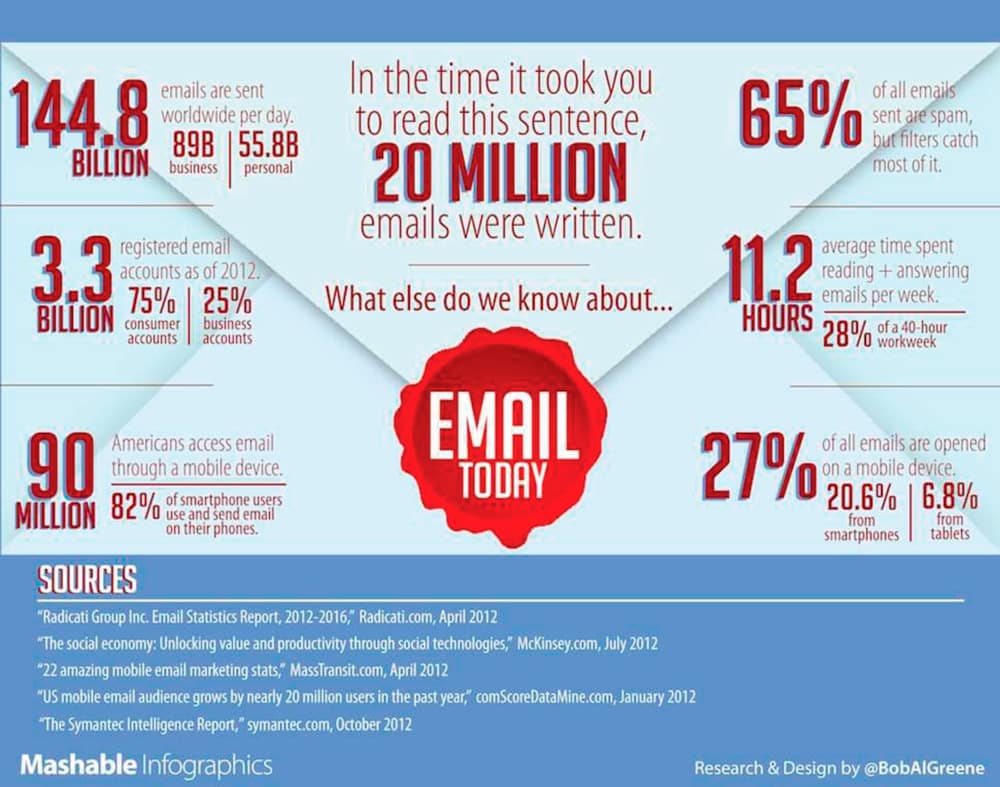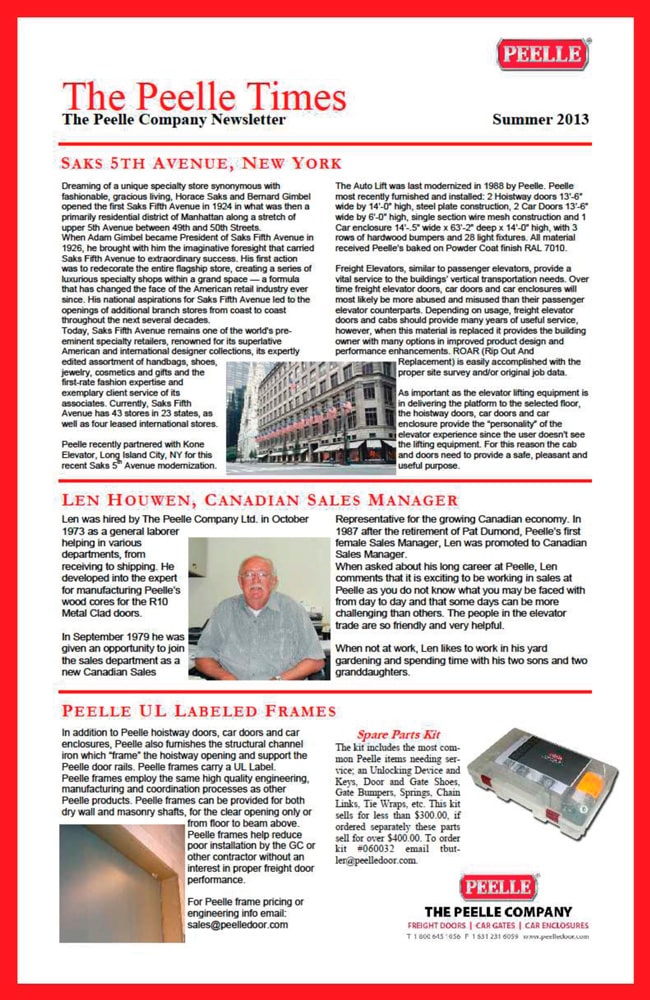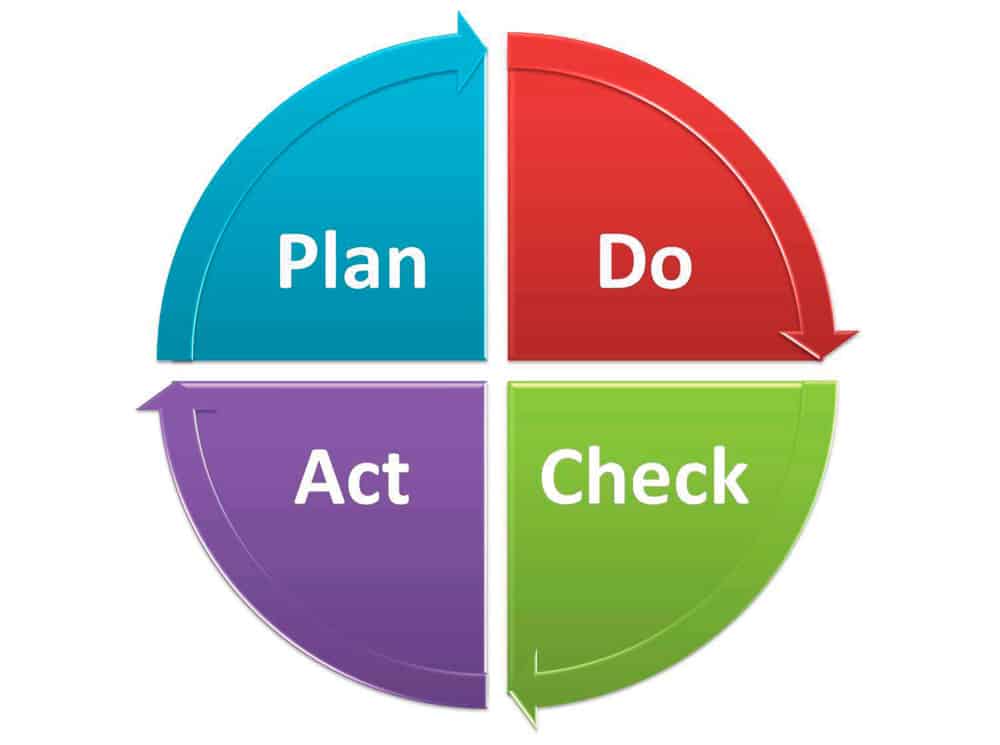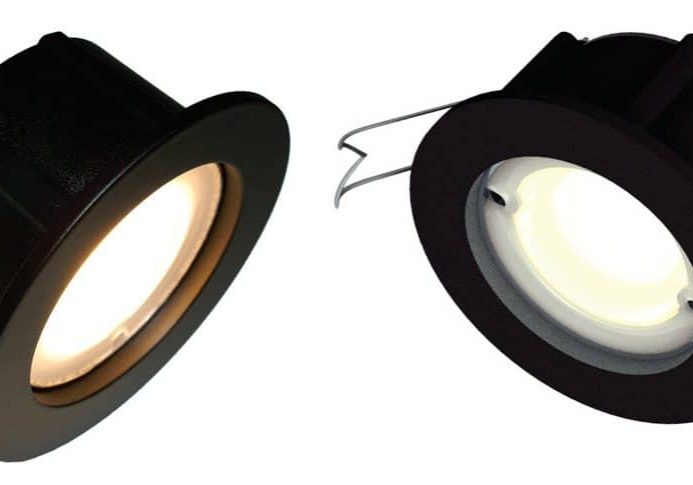Effectively marketing your company in the electronic world is more important than ever. The author of this article is responsible for The Peelle Co.’s North American business, which includes its brand, and has given several presentations on this topic at elevator-industry conventions. . . . Editor
There are “five P’s” of marketing anyone in charge of a brand should know: product (service), price, promotion (including electronic marketing [eMarketing]), place (distribution) and people. Protect your brand and be sure those who are the face of it are passionate and truly care about it. Unlike traditional marketing, eMarketing heavily involves the Internet for the application of marketing principles and techniques via electronic media. Thus, “eMarketing” is synonomous with “Internet marketing” and “online marketing.” Facets of eMarketing include emails, websites, newsletters, promotions, quotes and social media.
Emails are extremely cost effective and have a low cost per contact. They can also be highly targeted, customizable, and completely measurable, and take advantage of a customer’s most prolific touch point with the Internet: the inbox. This form of communication has replaced most other forms, such as phone calls and letters. Smartphones allow people to work 24/7 and be reached night or day. Some ways to add effectiveness to your emails is to include a “special note,” add a sales banner under your name, link your website and attach brochures. When quoting prices, keep in mind that it should be easy to sell on your quote, because you will have already been asked to provide information (versus your customer opting out of emails).
However, email can easily be abused. Schedule frequency is very important — be sure not to barrage your targets with too many emails or send them too often. Also, beware of the subject line, taking care to avoid anything that could be construed as naughty, insulting or too controversial, because it may be blocked by the receivers’ servers. It is also imperative to always offer a way to escape by providing an unsubscribe/opt-out option. This is also legislated in some countries, such as Canada, which, as of July 1, can levy fines of up to CAD10 million (US$9.16 million) for violation of its anti-spam laws.
Website
Your website is your electronic profile to the world, so do not neglect it or make it a “dumping ground” where things are thoughtlessly posted. Nor should content or design languish: for example, Peelle has updated its website five times since 1995. If you cannot remember the last time yours was updated, it is probably time to do it. When overhauling a website, you should build an online selling component into it, because this long-running trend is becoming more prevalent in the elevator industry.
Your host or a web program can tell you which parts of your site receive the most hits and how long they have been visited, so use these data to your advantage. Similarly, search-engine optimization is the process of affecting the visibility of a website or page in a search engine’s “natural” (unpaid) search results. The free Google Webmaster Tools can provide insight about how you can increase your page’s visibility when potential customers make online searches.
Another helpful website is YouTube, which can provide a good platform for sharing videos of what you can do (installation work, finished products, etc.). If you have not searched for your own company on YouTube, you may be surprised to find it is already there — and maybe not in a good way. So, posting positive videos may help give you a better online profile. You can also link your YouTube video(s) to other forms of eMarketing. It is perfect for such hard-to-advertise items as personnel profiles, plant/office tours, products and jobsites
Newsletters
Newsletters should offer topical news and be sent on a schedule through customer relationship management software, Outlook, or other system/service (such as Constant Contact). Again, give recipients a way to opt out, routinely scrub the list to delete old/defunct emails and have a single person in charge of the newsletter to make it cohesive.
Promotions, Social Media and Education
Ecards are promotional emails that can announce events, give well wishes for holidays or even sell your product through creative attention captivation. Other popular promotional methods include using Groupon, the Home Shopping Network and eBay for discounts on products.
Social-media sites, such as Facebook, LinkedIn and Twitter, are highly popular and important to potential customers, especially younger ones. Blogs are also good ways to reach an audience with more casual content. As with websites, it is important to maintain your social-media pages, while keeping them relevant to your target audience. Also remember that the more you post, the lower older posts drop. Using this to your advantage can be effective in combating negative posts.
Websites such as emarketingassociation.com can help teach you how to: integrate traditional marketing approaches with eMarketing, use electronic communications to differentiate your products and services, redefine your marketing and communications mixes to incorporate new media, and formulate an idea of how users will interact with your eMarketing materials.
| Using the Internet to Vary the Marketing Mix |
| Product: quality, image, branding, features, variants, mix, support, customer service, occasion, availability, warranties |
| Promotion: marketing communications, personal promotion, sales promotion, press releases, branding, direct marketing |
| Price: positioning, list, discounts, credit, payment methods, free or value-added elements |
| Place: trade channels, sales support, channel number, segmented channels |
| People: individuals on marketing activities, individuals on customer contact, recruitment, culture/image, training and skills, remuneration |
| Processes: customer focus, business led, information-technology supported, design features, R&D |
| Physical evidence: sales/staff contact experience of brand, product packaging, online experience |
These areas can be good targets for eMarketing.
Other eMarketing Considerations
Knowing the percentage of customers prepared to purchase your product online, and the percentage of those with access to the Internet but are not prepared to purchase online (though still influenced by web-based information to buy products offline) are very important.
Steps to Success
Know Your Audience
Keep an updated, permission-based list of your audience but only ask for the information you really need (in order to not scare them off). Offer your customers something of value: a newsletter, a free seminar, or more information about your products and services. Properly managed contact lists allow you to respond quickly and efficiently to requests for more information or to unsubscribe. Check your undeliverable email list to keep it healthy. Finally, be sure you have a clear and concise privacy policy and respect the terms of it to prevent a breach of your customers’ trust.
Craft Your Message
Before you create the right message, develop a marketing strategy. Use email marketing to accomplish what email does best: increase revenue, generate leads, strengthen customer relationships, increase website traffic and build brand awareness. See what others are doing: when you get online newsletters from other companies, pay attention to what makes you open some and delete others without reading them. Also be sure to get the length right, while keeping the message personal and casual. A good rule of thumb for frequency is to use an inverse relationship: the more frequent the emails, the shorter they should be.
People respond best to messages written by one particular person at a company who they can get to know over time. Personalize the “from” part of your email and be clear who it is from. If you personalized each message, response rates should climb. At the very least, always include the recipient’s name. Preferably, your messages will be written to appeal to customer interests and hobbies. Ask your customers what they want to hear about: special offers, new services, etc.
Avoid using “FREE” in your subject line, since it has been abused by spam marketers and arouses suspicion. Instead, be honest and make sure your subject reflects what is inside. Only messages that seem relevant and appear to offer value will be opened, so choose a subject that grabs your reader’s attention. Avoid vague content like “Our September Newsletter”; instead, use an interesting topic or headline from the newsletter, such as “Best Practices for Email Marketing” or “Inside: Exclusive Interview with Mike Ryan!” Try encouraging forwarding right in your subject line: the Association for Interactive Marketing always adds “Pls. Forward” to the ends of its newsletter subject lines and reports the practice has more than doubled its circulation.
Choose the Right Format
HyperText Markup Language and mixed-media messages that include audio, video and animation generate high response rates, but it is still important to always have a text version. Always include a hyperlinked table of contents at the top of your message so people can click or scroll right to the section of their choice. Use bullet points and lots of white space for plain-text messages. Minimize the use of all caps and italics as they are hard to read. In the case of the former, it can be considered screaming. Keep columns of copy narrow to make it easy for readers to scan your message.
Test your messages through a number of email accounts to make sure they look good in all mainstream email clients. Consider writing your message in the same format as it will appear on your customers’ screens so you can see what they will. Remember that unless your newsletter is unusually long, recipients will probably read it on their screen. One of your jobs is to make this as easy as possible.
Look at Measurable Results
Gathering results through trackable links and having access to real-time reports will help you understand what does and does not work. Test using different subject lines, copy, offers, creative designs, etc. Use real-time results to see which types get the best response rates. Consider sending out an A/B test to two sub segments of your email list to see which is more successful.
When running a series of email campaigns, tweak your message as soon as you understand the results of your first campaign. Above all, take the time to understand email as a marketing medium. Always analyze results and think of new ways to provide value to your members and customers.
Peelle eMarketing Plan
We at Peelle ensure everything our customers need is on our website. However, we continue to print product guides and manuals (mostly for the field), but we print a lot less than we used to. Additionally, our eMarketing plan consists of:
- Newsletters twice a year
- Ecards six times a year (including holidays)
- Product/service emails monthly to “targets”
- Quotes (emailed) advertizing “optional” items
- Discontinuance of email sales banners, as it compromised larger emails/server blocks
- A maintained Facebook page and individual LinkedIn accounts
- Intents to add other social-media presences in 2014
Get more of Elevator World. Sign up for our free e-newsletter.












